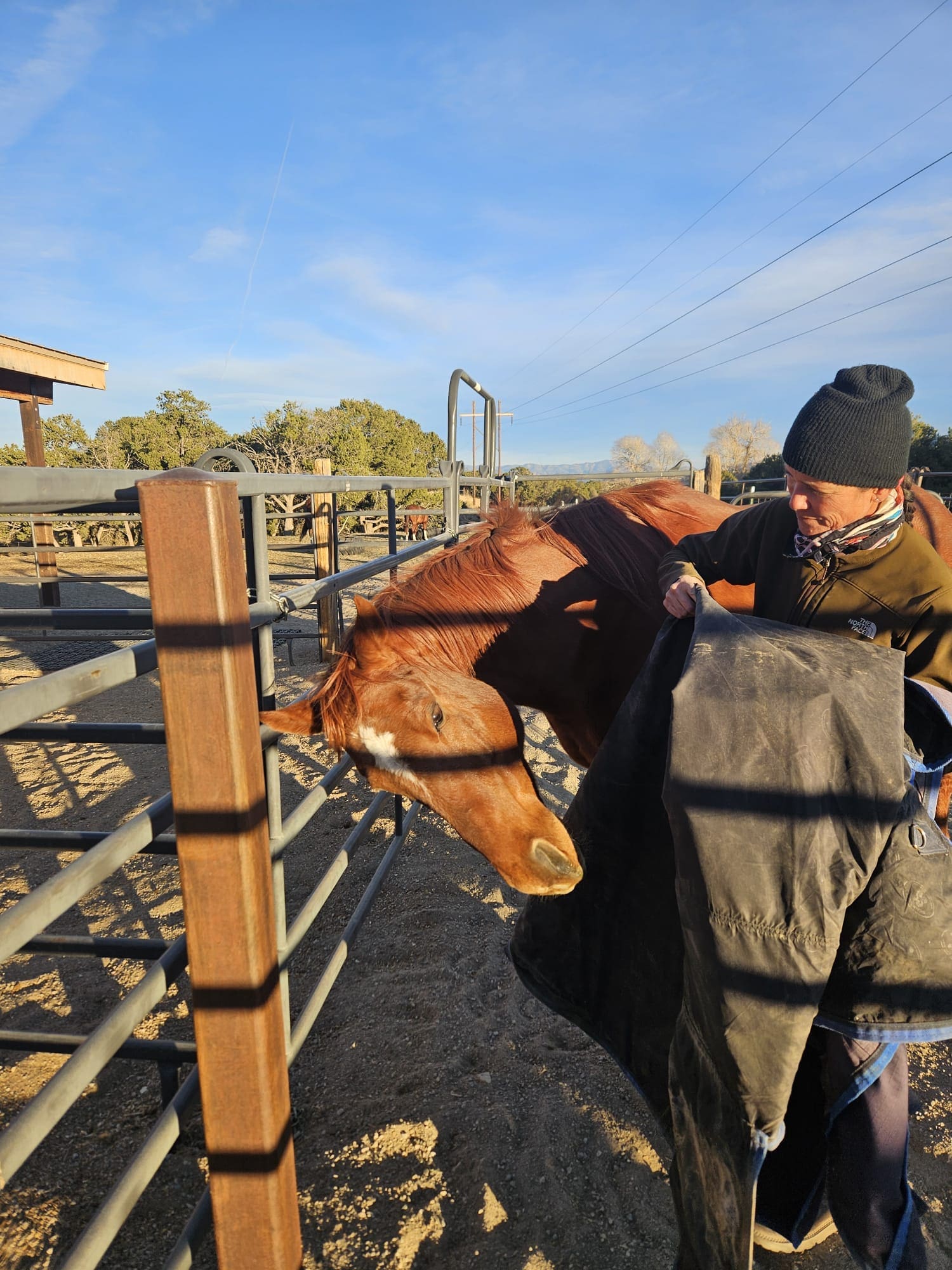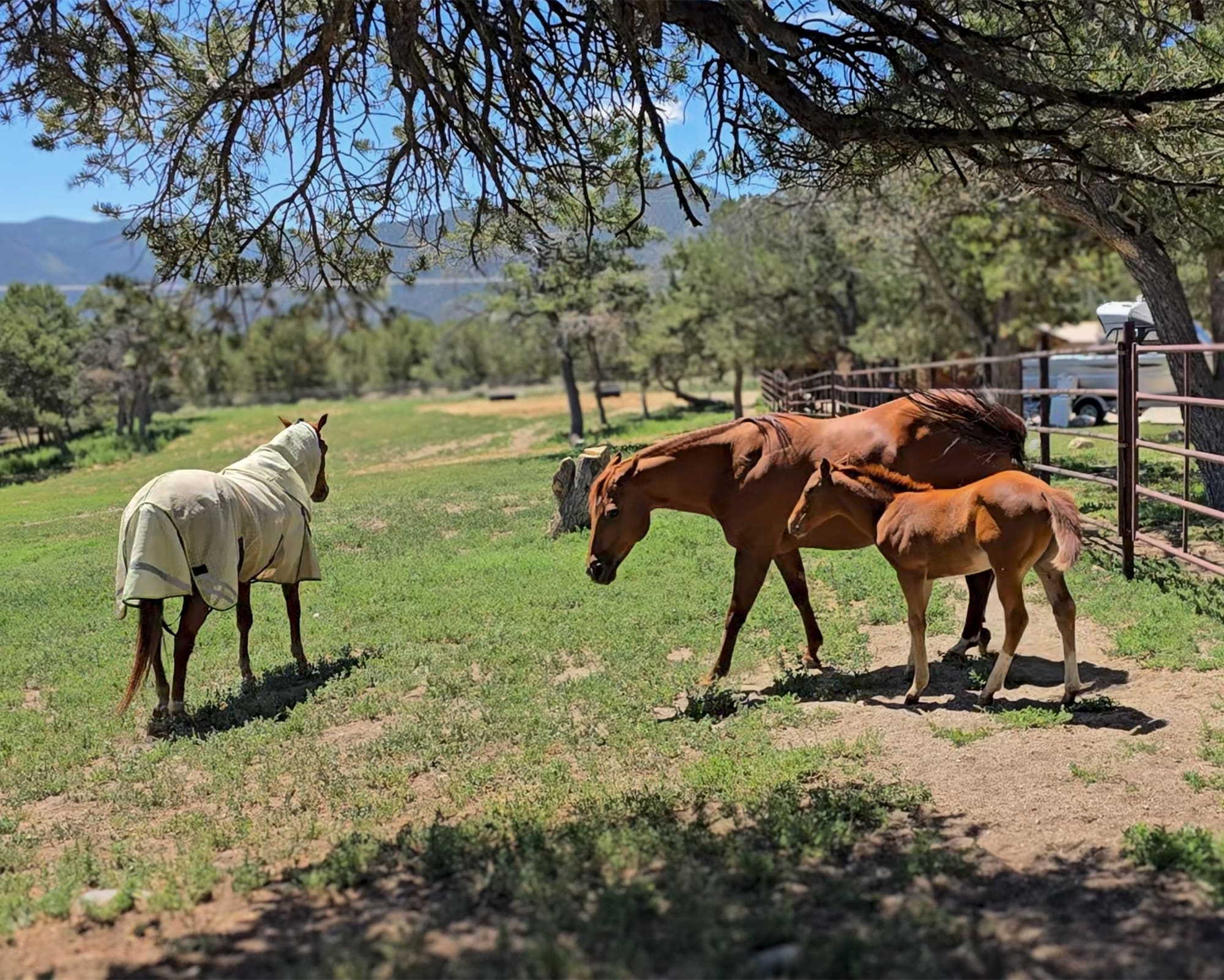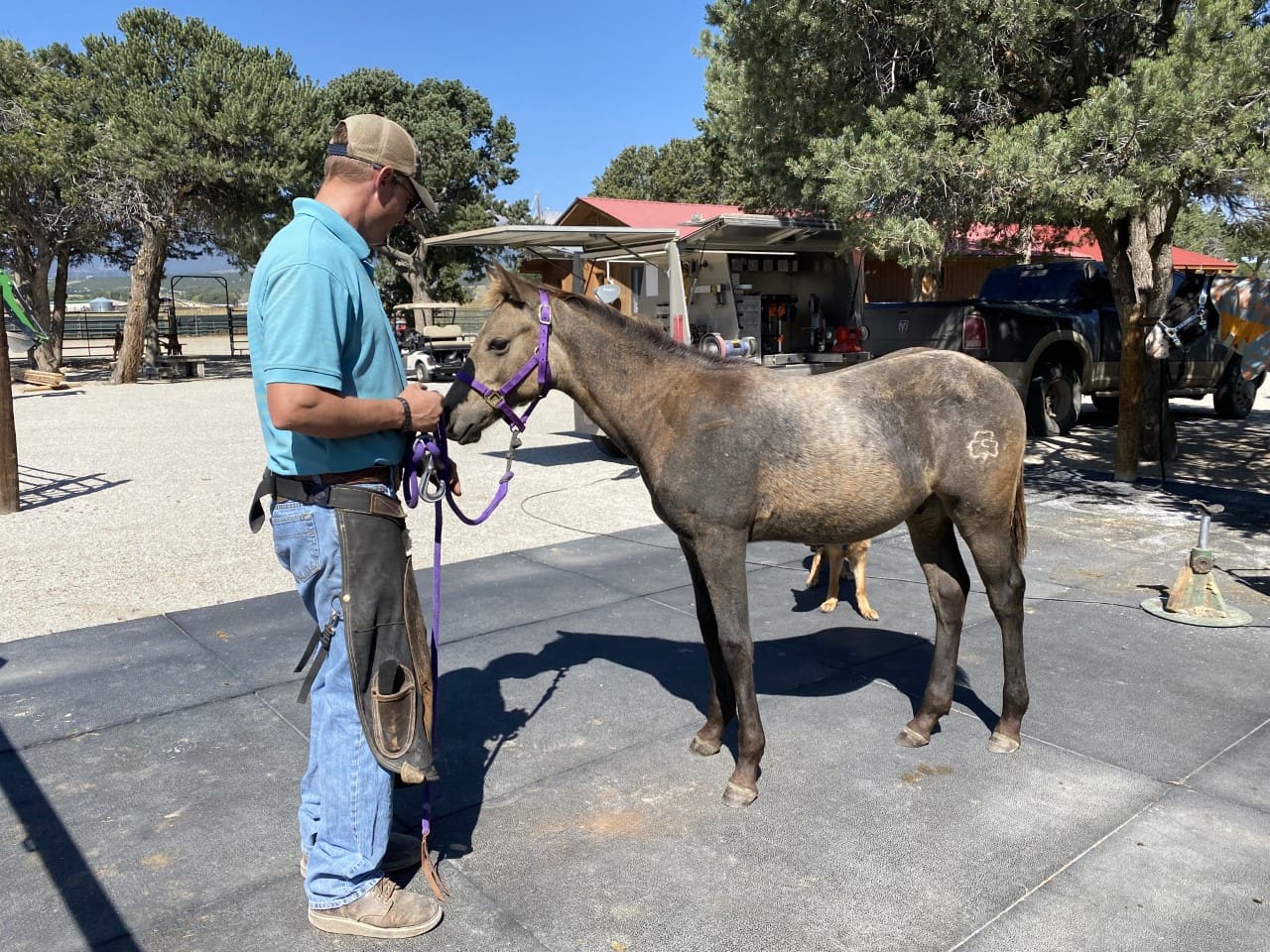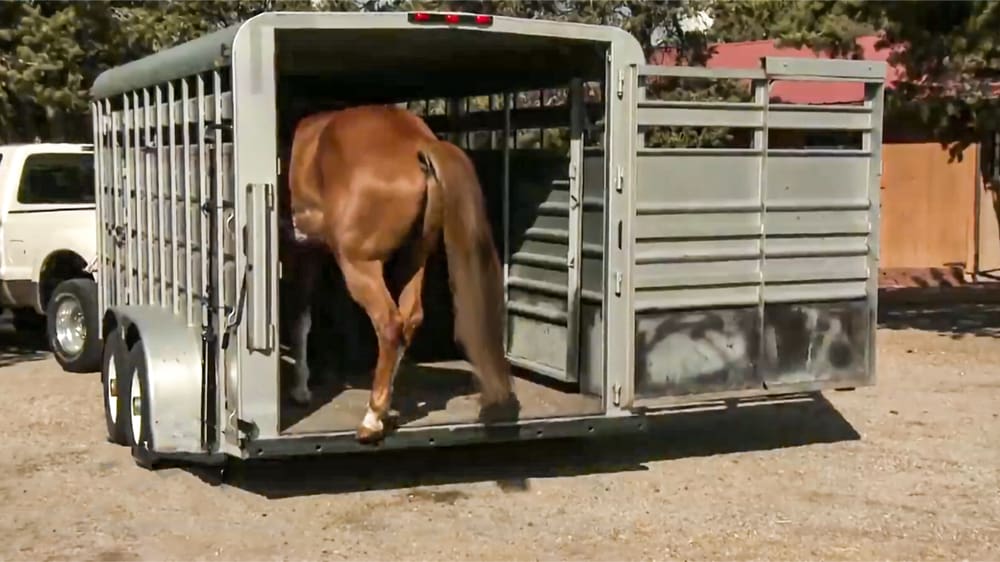Horses are instinctively herd-bound. It’s one of seven categories of instinctive behavior in horses and it is known as gregarious behavior. A desire to be with others. BTW, the other categories of instinctive behavior in horses are flight, combative, ingestive, eliminative, reproductive and investigative behaviors.
Yet, even though gregarious behavior is instinctive in horses, somehow we speak of it as if it is an affliction. Barn-sour, gate-sour, buddy-sour, herd-bound, spoiled and even ruined. Horses are instinctively drawn to the herd; it’s up to us to provide the training and leadership the horse needs to transfer this draw to us instead of his own herd.
What motivates the horse to want to be with the herd are two simple things: safety and comfort. That’s what horses seek out the most and that is what motivates their behavior. Teaching the horse that he will get those two things from you, even more than he does from the herd, is the secret to success. Unless and until your horse gets the same feeling from you that he does from the herd, he will not want to go anywhere with you.
For your horse, a sense of safety comes from being in the presence of a truly alpha leader, an individual that is confident, aware of the environment, in charge and in control of all those around. An individual that dictates and enforces rules and is fair and consistent in punishment and reward, thus providing structure and meaning to an otherwise chaotic world.
Comfort comes in the form of feeling of accepted, reassurance, rest, praise and stroking. Discomfort comes from having to work hard, admonishment or aversive pressure such as the bump of the lead rope. Make your horse comfortable when he does the right thing and uncomfortable when he does the wrong thing. He will always seek out comfort.
Keep in mind that all behavior in all animals, is either instinctive or learned. Horses are extremely fast learning animals and highly sensitive to their environment. Sometimes instinctive behavior can turn to learned behavior over time or on the very first instance.
For example, if a horse is being led away from the barn and the safety of the herd, he might become emotional and distraught (instinct) and his antics may cause him to break free from the handler and run all the way back to the safety and comfort of the barn. From this experience, he may learn that all he has to do is break away from his handler to get what he wants and thus it becomes a learned behavior.
A riding horse is considered to be well-trained and obedient when it goes in the exact path dictated by the rider and at the speed dictated by the rider. A horse is disobedient when it voluntarily varies from the path or speeds up or slows down, unauthorized by the rider. Almost always, when a horse varies path or speed, it is intentional and in a direction he wants to go, like toward the barn/gate/buddy.
It has become increasingly obvious to me, through the decades I’ve spent teaching people to handle their horses, that most people are totally unaware of the small infractions horses make all the time, particularly as it applies to barn-sour behavior. When small disobediences are ignored, it leads to bigger ones. If they are corrected, the barn-sour behavior goes away.
Does your horse pull toward the gate? Is he looking around all the time, never focusing on you and the path you have dictated? Does he slow down when you pass the gate and speed up as you round the corner toward the gate? Does he turn easily toward the gate and sluggishly when you turn away? These are all small and subtle disobediences—even if he only varies the path by six inches, he knows he’s doing it and he knows when you ignore it (or don’t notice it) and therefore you condone the disobedience.
All a rider needs to do to stop this disobedient behavior is first and foremost—notice it—be aware of what your horse is doing with his whole body at all times and be aware of what motivates him. Then, call him on it (“I know what you’re doing!”) and admonish him appropriately—finding the amount of pressure that motivates him to change.
When you ride in the arena, put your horse on the rail then lower your hands to his neck and expect him to stay there. You shouldn’t have to constantly tell him to stay on the path—if you do, your horse is disobedient and you have a co-dependent relationship with him. If he comes off the rail or cuts corners (moving on a path that you did not dictate), pick up the reins and correct his direction right away, scolding him as you do. Get him back on the path and drop your hands again, expecting him to stay on course.
Insisting on your horse’s obedience and focus on the task at hand is a minimal requirement for your horse to think of you as his leader. Be aware of his behavior and motivations and correct him consistently, with enough pressure that he feels like he’s gotten in trouble and thus, looks for ways to avoid getting in trouble again. Reward his good behavior with a release of pressure, a few kind words, stroking and letting him rest. With this kind of strong leadership, your horse will accept you as a capable and authoritative leader and will gladly go with you anywhere.
Enjoy the ride!
Julie
Get tons of Training information, Julie’s Events and Julie’s shopping cart:



